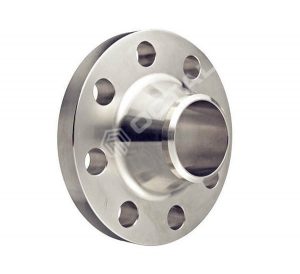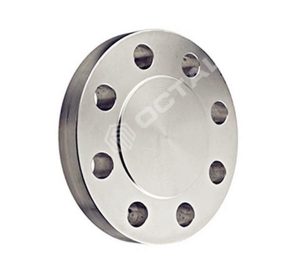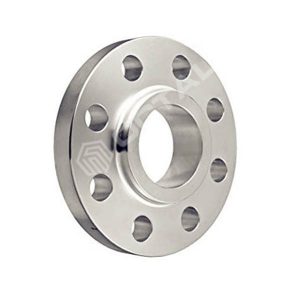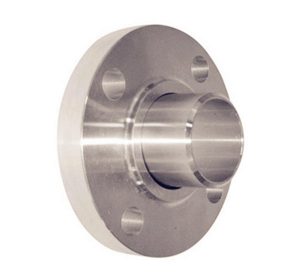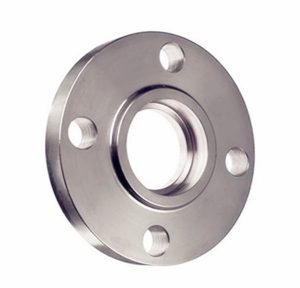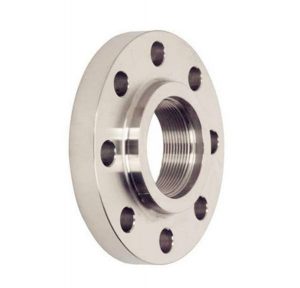ASTM A350 LF2 Flange for Low Temperature
ASTM A350 (ASME SA350) is the standard specification for carbon steel and low alloy steel forged flanges and flanged fittings for low temperature services.
Common use grade is ASTM A350 LF2 Class 1, corresponding material for piping in ASTM A333 Grade 6 and pipe fittings in ASTM A420 WPL6. With yield strength minimum 240 Mpa, and tensile strength in 480 Mpa to 655 Mpa, impact test temperature at -45℃.
Our Supply Range
Grades: ASTM A350/ ASME SA350 Grade LF2, LF1, LF3, LF5, LF6, LF9, LF787, Class 1, 2, 3
Outer Diameters: 1/2'' to 24'' in ASME B16.5, up to 60'' in ASME B16.47
Wall Thickness Schedule: SCH 10, SCH 40, SCH 160 comply with ASME B16.9
Pressure Class: Class 150, 300, 600, 900, 1500, 2500
Manufacturing Standards: ASME B16.5, ASME B16.47 A, B
Standards Scope
ASTM A350 covers several grades of carbon and low-alloy steel forged or ring-rolled flanges, forged fittings and valves intended primarily for low-temperature service and requiring notch toughness testing. They are made to specified dimensions, or to dimensional standards, such as the ASME and API Specifications referenced in Section 2. Although this specification covers some piping components machined from rolled bar and seamless tubular materials, it does not cover raw material produced in these product forms.
Product furnished in ASTM A350/ ASME SA350 shall conform to the requirements of Specification A961/A961M, including any supplementary requirements that are indicated in the purchase order. Failure to comply with A961/A961M will be considered nonconformance with A350. And in case of conflict between ASTM A350 and A961/A961M, this specification shall prevail.
ASTM A350 Flange Datasheet
Chemical Composition
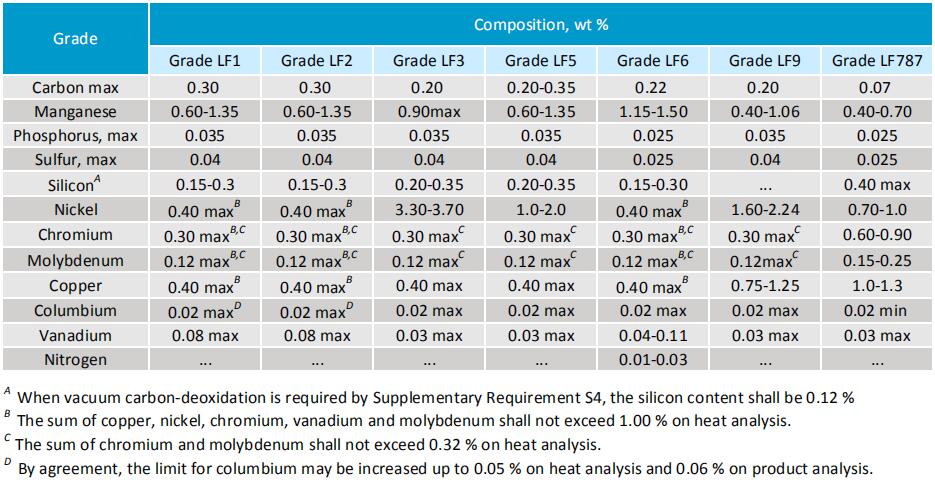
Mechanical Properties
Tension Tests Requirements—The material shall conform to requirements for tensile properties in below table.
Heat Analysis and Product Analysis
A chemical heat analysis and product analysis in accordance with Specification A961/A961M shall be made and conform to the requirements as to chemical composition prescribed in this table. Leaded steels shall not be permitted. Product analysis
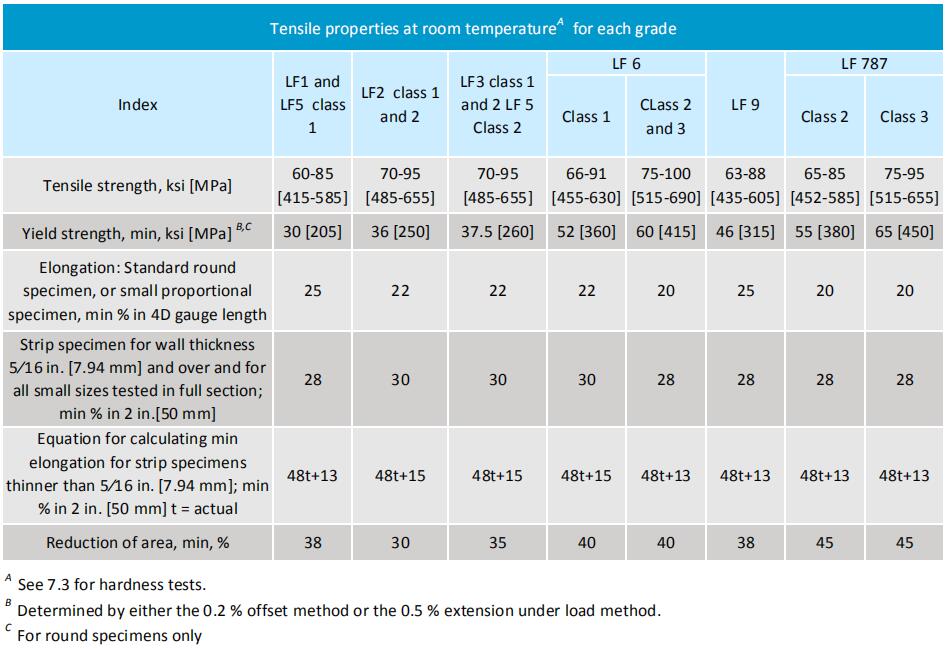
Impact Test Temperature under ASTM A350 Flanges
Test Specimens by 10mm x 10mm
Grade | Test Temperature, ℉ [℃] |
|---|---|
LF1 | -20 [-29] |
LF2 Class 1 | -50 [-46] |
LF2 Class 2 | -0 [-18] |
LF3, Classes 1 and 2 | -150 [-101] |
LF5, Classes 1 and 2 | -75 [-59] |
LF6, Classes 1 and 2 | -60 [-51] |
LF6 Class 3 | 0 [-18] |
LF9 | -100 [-73] |
LF787 Class 2 | -75 [-59] |
LF787 Class 3 | -100 [-73] |
Impact test values: Charpy V-Notch Energy Requirements for specimens 10mm by 10mm.
Grade | Minimum Impact Value for Average of 3 specimens, ft-lbf [J] | Minimum Impact Value for One Specimen, ft-lbf [J] |
|---|---|---|
LF1 and LF9 | 13 [18] | 10 [14] |
LF2 Class 1 | 15 [20] | 12 [16] |
LF3 Class 1 | 15 [20] | 12 [16] |
LF5 Class 1 and 2 | 15 [20] | 12 [16] |
LF787 Classes 2 and 3 | 15 [20] | 12 [16] |
LF6 Class 1 | 15 [20] | 12 [16] |
LF2 Class 2 | 20 [27] | 15 [20] |
LF3 Class 2 | 20 [27] | 15 [20] |
LF6 Classes 2 and 3 | 20 [27] | 15 [20] |
Referenced Documents
ASTM Standards:
- A788/A788M Specification for Steel Forgings, General Requirements
- A961/A961M Specification for Common Requirements for Steel Flanges, Forged Fittings, Valves, and Parts for Piping Applications
ASME Standards:
- B 16.5 Steel Pipe Flanges and Flanged Fittings
- B 16.9 Factory-Made Wrought Steel Butt-Welding Fittings
- B 16.10 Face-to-Face and End-to-End Dimensions of Ferrous Valves
- B 16.11 Forged Steel Fittings, Socket-Welding and Threaded
- B 16.30 Unfired Pressure Vessel Flange Dimensions
- B 16.34 Valves-Flanged, Threaded, and Welding End
- B 16.47 Large Diameter Steel Flanges
- ASME Boiler and Pressure Vessel Code
AWS Standards:
- A 5.1 Mild Steel Covered Arc-Welding Electrodes
- A 5.5 Low-Alloy Steel Covered Arc-Welding Electrodes
API Standards:
- 600 Steel Gate Valves with Flanged or Butt-Welding Ends
- 602 Compact Design Carbon Steel Gate Valves for Refinery Use
- 605 Large Diameter Carbon Steel Flanges
Manufacture - Melting and Forging
Melting Process - The steel shall be produced by any of the following primary processes: open-hearth, basic oxygen, electric-furnace, or vacuum-induction melting (VIM). The primary melting may incorporate separate degassing or refining, and may be followed by secondary melting using electroslag remelting (ESR), or vacuum-arc remelting (VAR).
Discard - A sufficient discard shall be made to secure freedom from injurious piping and undue segregation.
Forging Process
Material for forgings shall consist of ingots, or forged, rolled, or strand cast blooms, billets, slabs, or bars.
Heat Treatment
After hot working and before reheating for heat treatment, the forging shall be allowed to cool substantially below the transformation range.
Forgings grades except Grade LF787, should be heat treated in normalized, or normalized and tempered, or quenched and tempered. By manufacturer's option, material that performed in quenched and tempered could be normalized prior to the austenitize/quenched operation.
No limitation on size is intended beyond the ability of the manufacturer to obtain the specified requirements. However, Class 3 of Grade LF787 is only available in the quenched-and-precipitation heat treated condition.
Hydro-static Test
Forgings manufactured under ASTM A350/ ASME SA350 shall be performed with a hydro-static test compatible with the rating of the finished item. Such tests shall be conducted by the manufacturer only when Supplementary Requirement S57 of Specification A961/A961M is specified.

